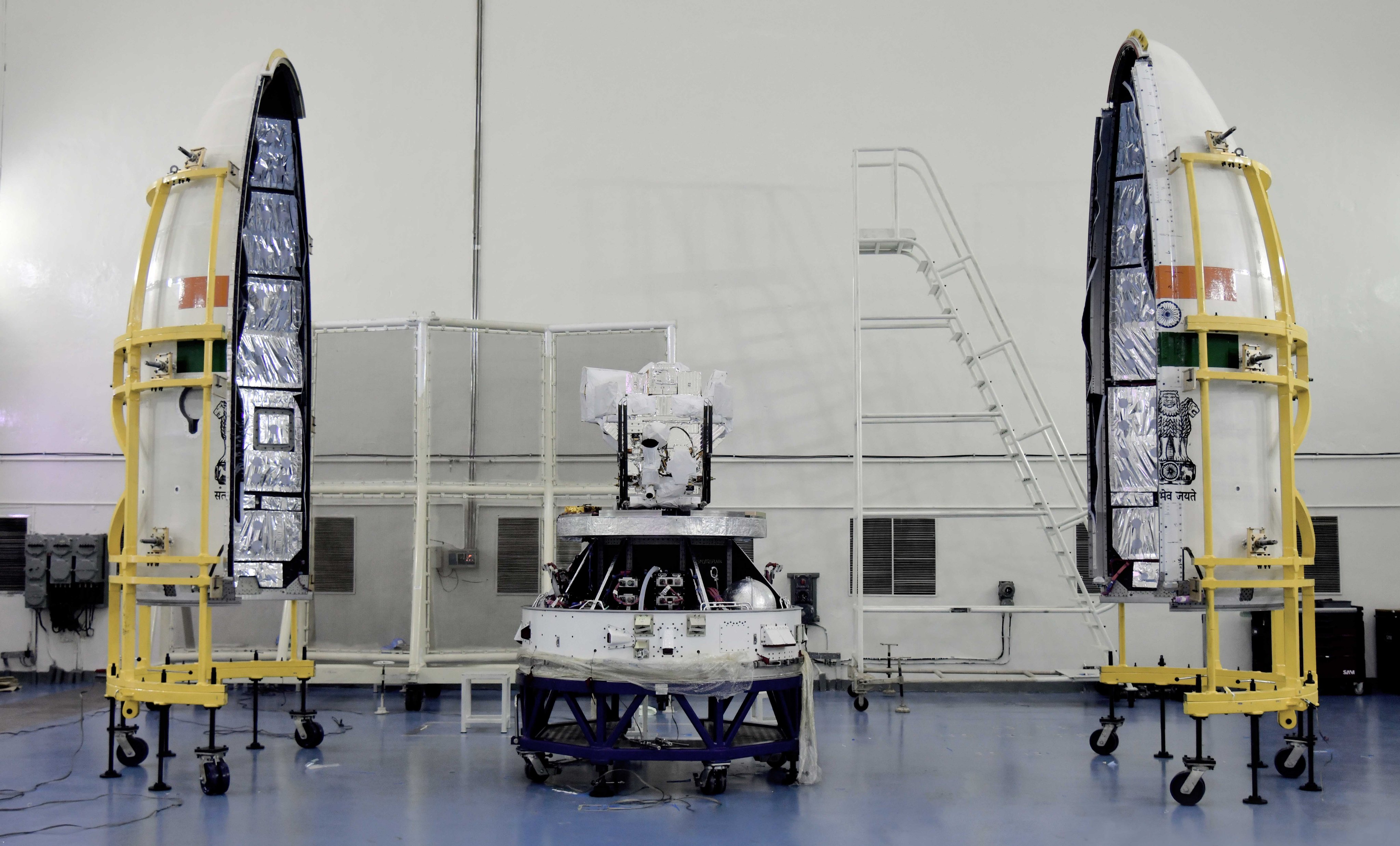The Indian Space Research Organisation (ISRO) has achieved a major milestone with the successful completion of the third and final developmental flight of its Small Satellite Launch Vehicle (SSLV). This mission, known as SSLV-D3, signals the transition from testing to operational readiness and sets the stage for future commercial satellite launches. The mission carried two satellites, EOS-08 and SR-0 DEMOSAT, both of which were successfully placed into their intended orbits.
Key Points
ISRO successfully conducted the final developmental flight of the SSLV-D3.
The mission deployed two satellites: EOS-08 and SR-0 DEMOSAT.
The SSLV is now ready for commercial satellite launches.
EOS-08 is a microsatellite designed for earth observation and disaster monitoring.
SR-0 DEMOSAT is the first satellite from Chennai-based startup Space Rickshaw.
Mission Overview
The SSLV-D3 mission represents a significant achievement for ISRO, marking the successful conclusion of the SSLV’s developmental phase. According to ISRO Chairman S. Somanath, the SSLV-D3 mission was executed flawlessly, with the rocket placing both satellites into precise orbits. Mission Director S. S. Vinod highlighted the mission’s importance, stating that the success of this final developmental flight paves the way for the SSLV’s operational use.
SSLV Capabilities
The SSLV is designed to cater to the growing demand for small satellite launches. It can carry payloads ranging from 10 to 500 kg and is capable of placing satellites into a 500 km planar orbit. The SSLV features three solid-fuel stages and a liquid-fueled Velocity Trimming Module (VTM), ensuring precise satellite deployment.
Payload Details
The SSLV-D3 mission carried two key payloads:
EOS-08: A 175.5 kg microsatellite developed by ISRO for earth observation. It includes advanced payloads such as the Electro-Optical Infrared Payload (EOIR) for day and night imaging, the Global Navigation Satellite System-Reflectometry (GNSS-R) for remote sensing applications, and the SiC UV Dosimeter for monitoring UV and gamma radiation.
SR-0 DEMOSAT: The first satellite developed by Space Rickshaw, a Chennai-based startup. While specific details about its mission objectives are not yet available, its inclusion highlights the increasing role of private companies in India’s space sector.
Technological Advancements
The EOS-08 satellite incorporates several technological innovations, including:
Integrated Avionics System: This system integrates communication, baseband, storage, and positioning functions into a single unit, enhancing efficiency.
Miniaturized Antenna Pointing Mechanisms: These mechanisms provide precise pointing accuracy, which is critical for successful satellite operations.
Conclusion
The successful completion of the SSLV-D3 mission marks a new chapter in ISRO’s space exploration efforts, transitioning from developmental testing to full-scale operational readiness. With the SSLV now validated, ISRO is well-positioned to enter the commercial satellite launch market, offering reliable and cost-effective solutions. This success not only strengthens India’s position in the global space industry but also opens up new opportunities for collaboration between the public and private sectors in space exploration and satellite deployment.
Follow Before You Take on Facebook | Twitter | WhatsApp Channel | Instagram | Telegram | Threads | LinkedIn, For the Latest Technology News & Updates | Latest Electric Vehicles News | Electronics News | Mobiles News | Software Updates





















































































































































































